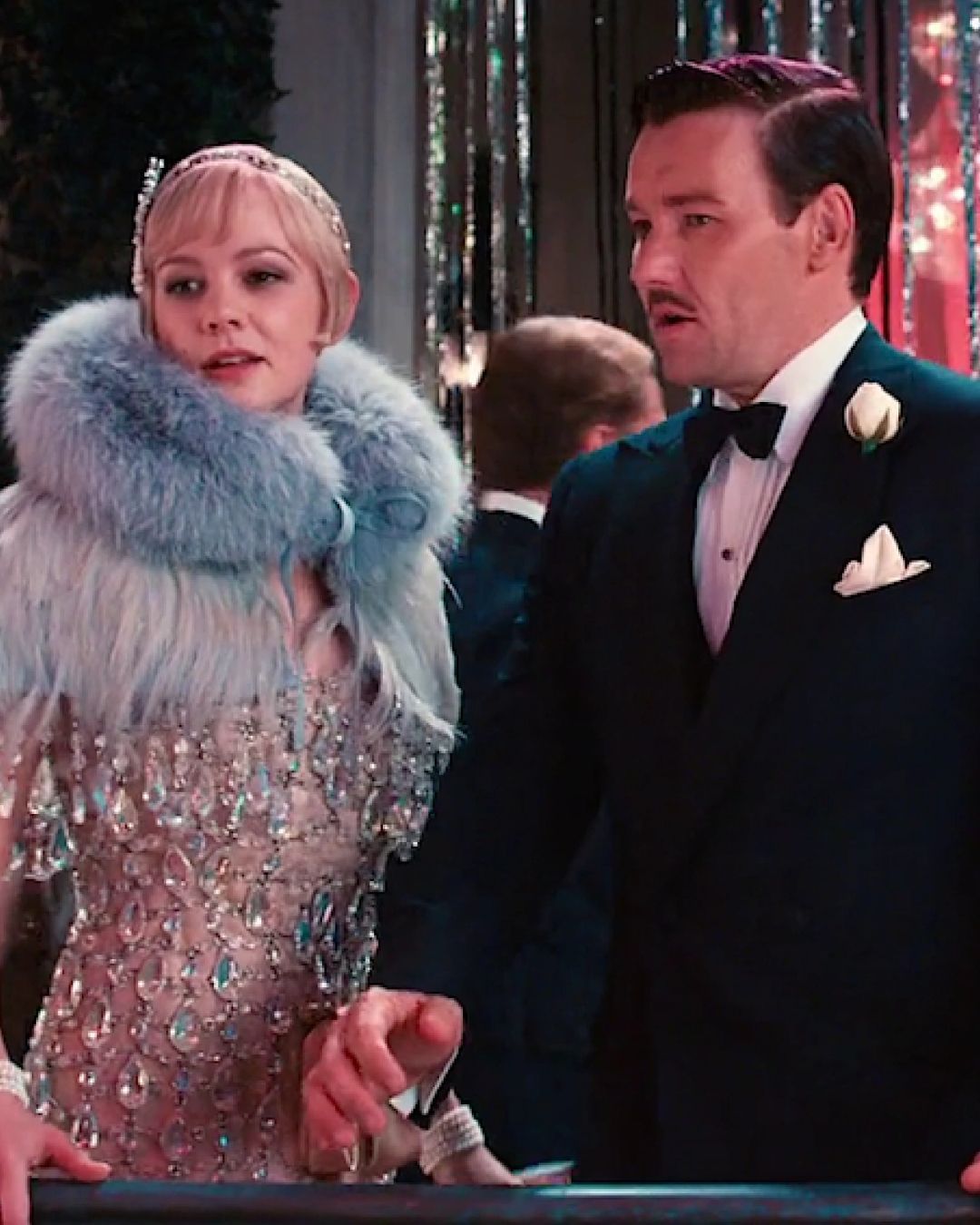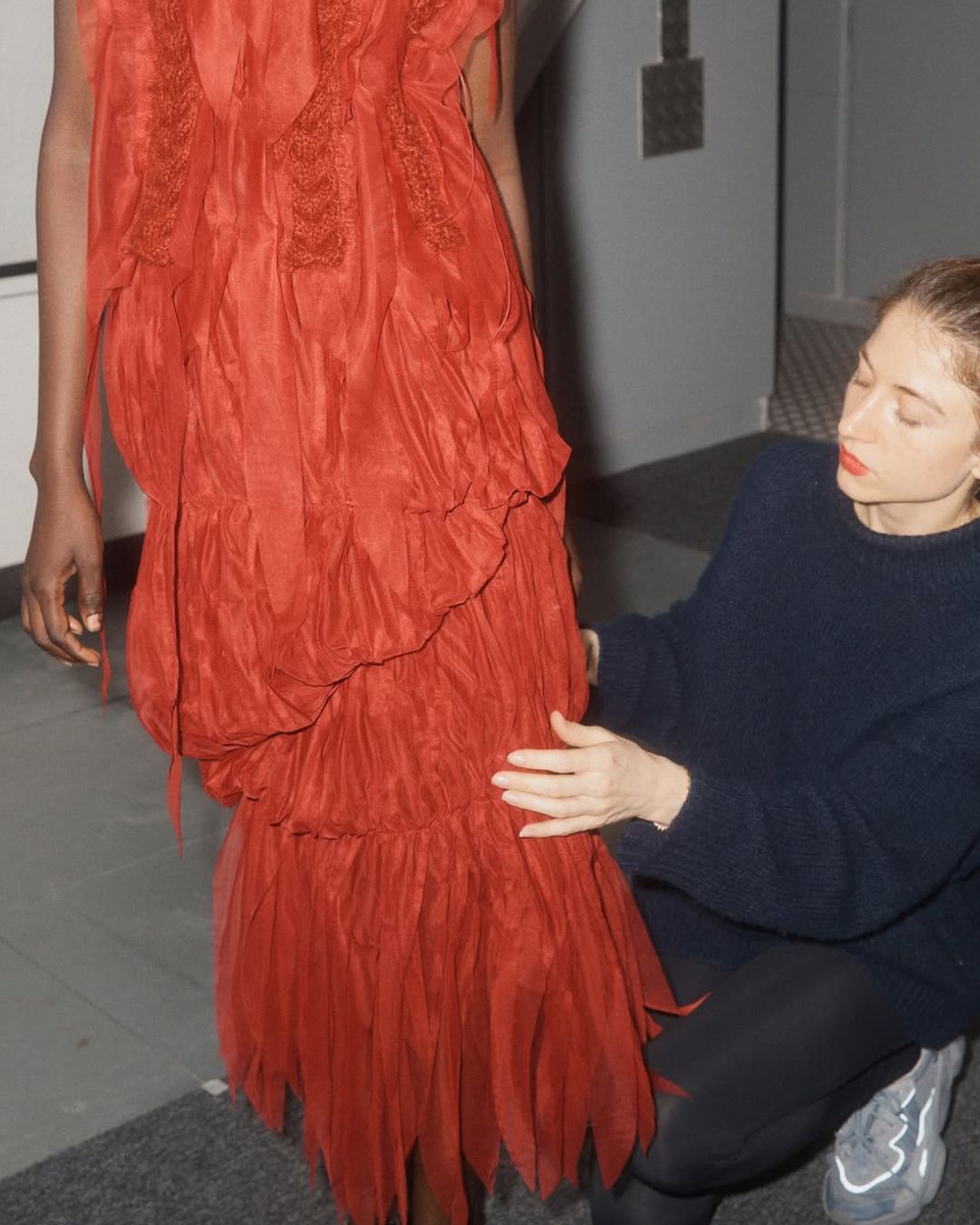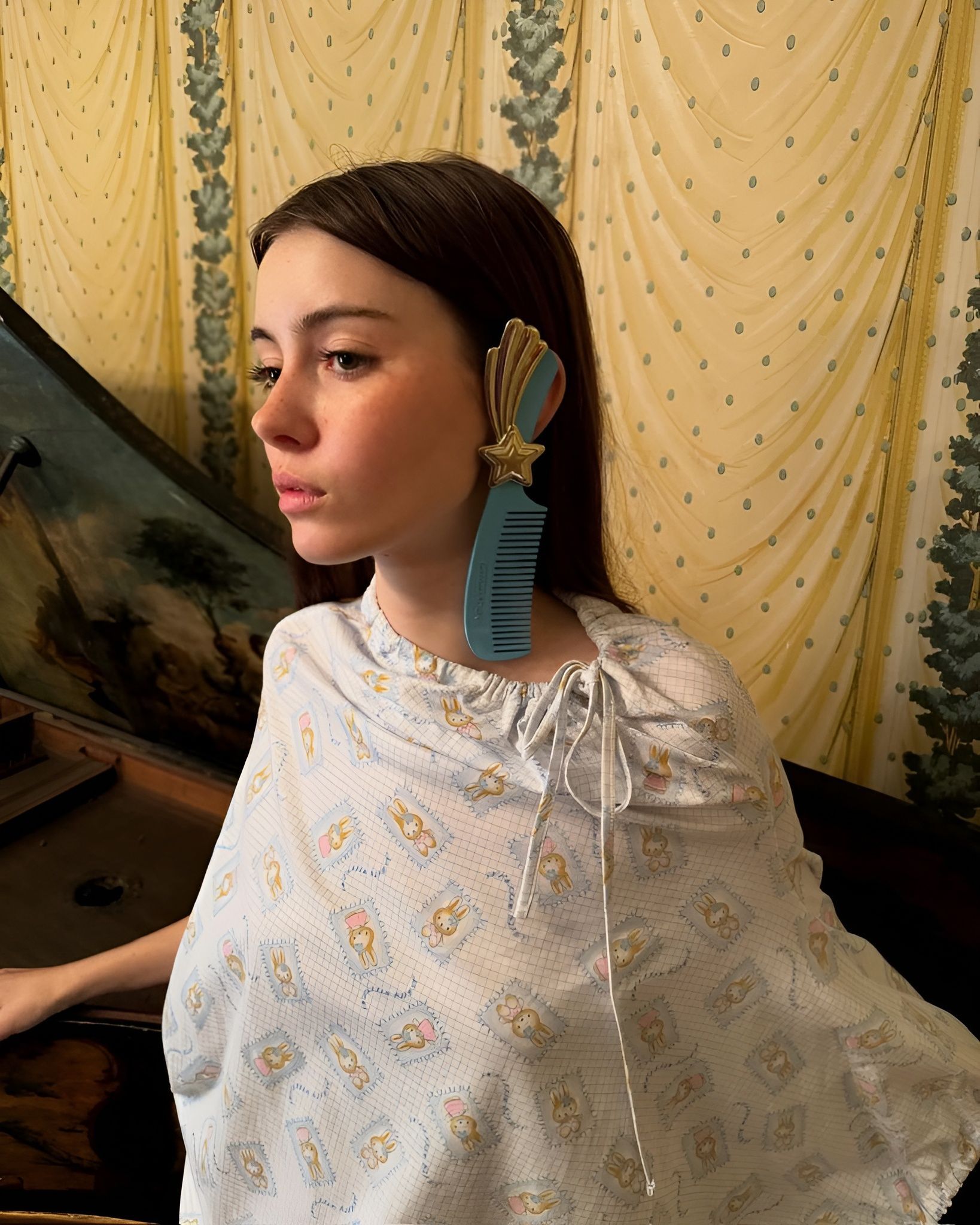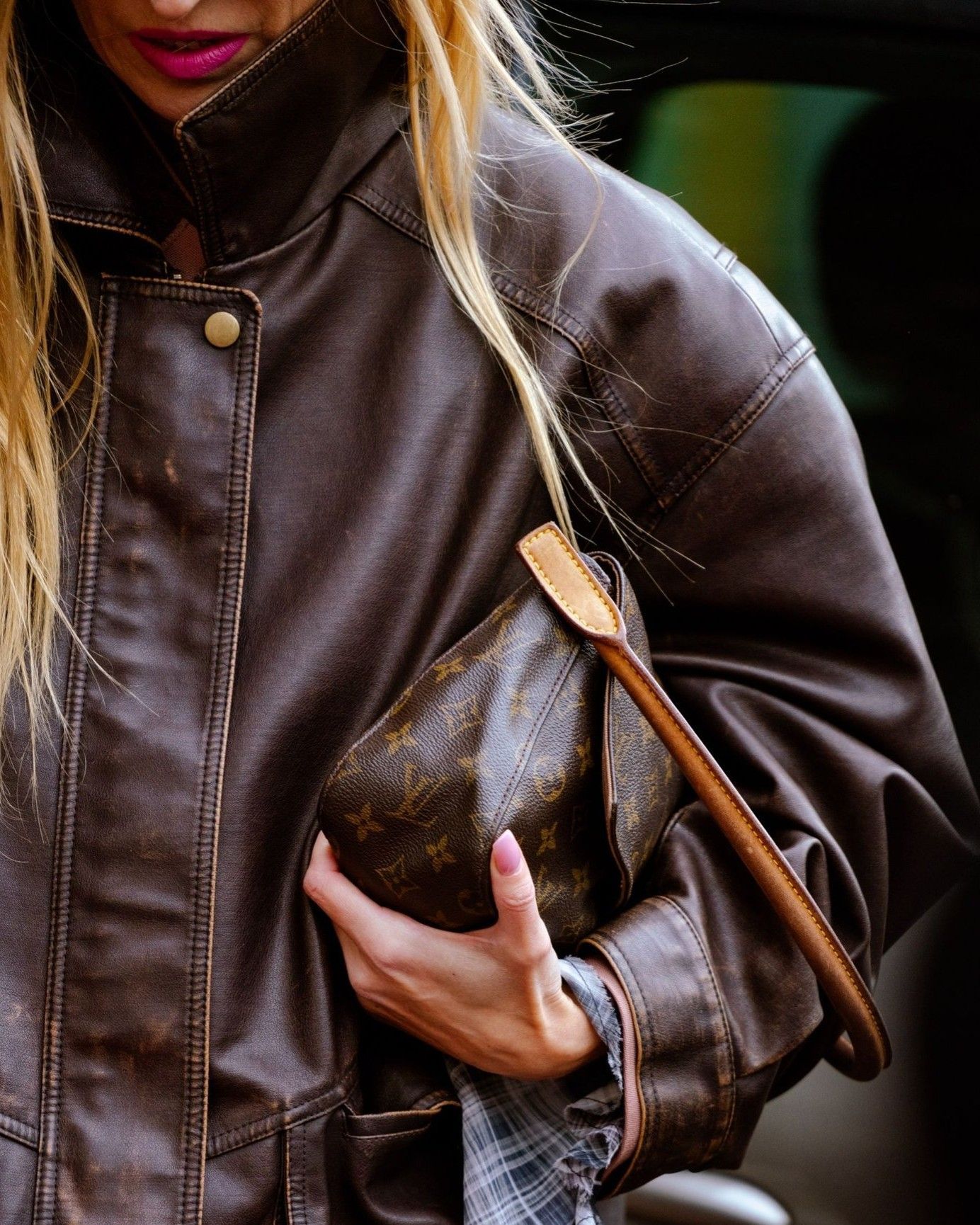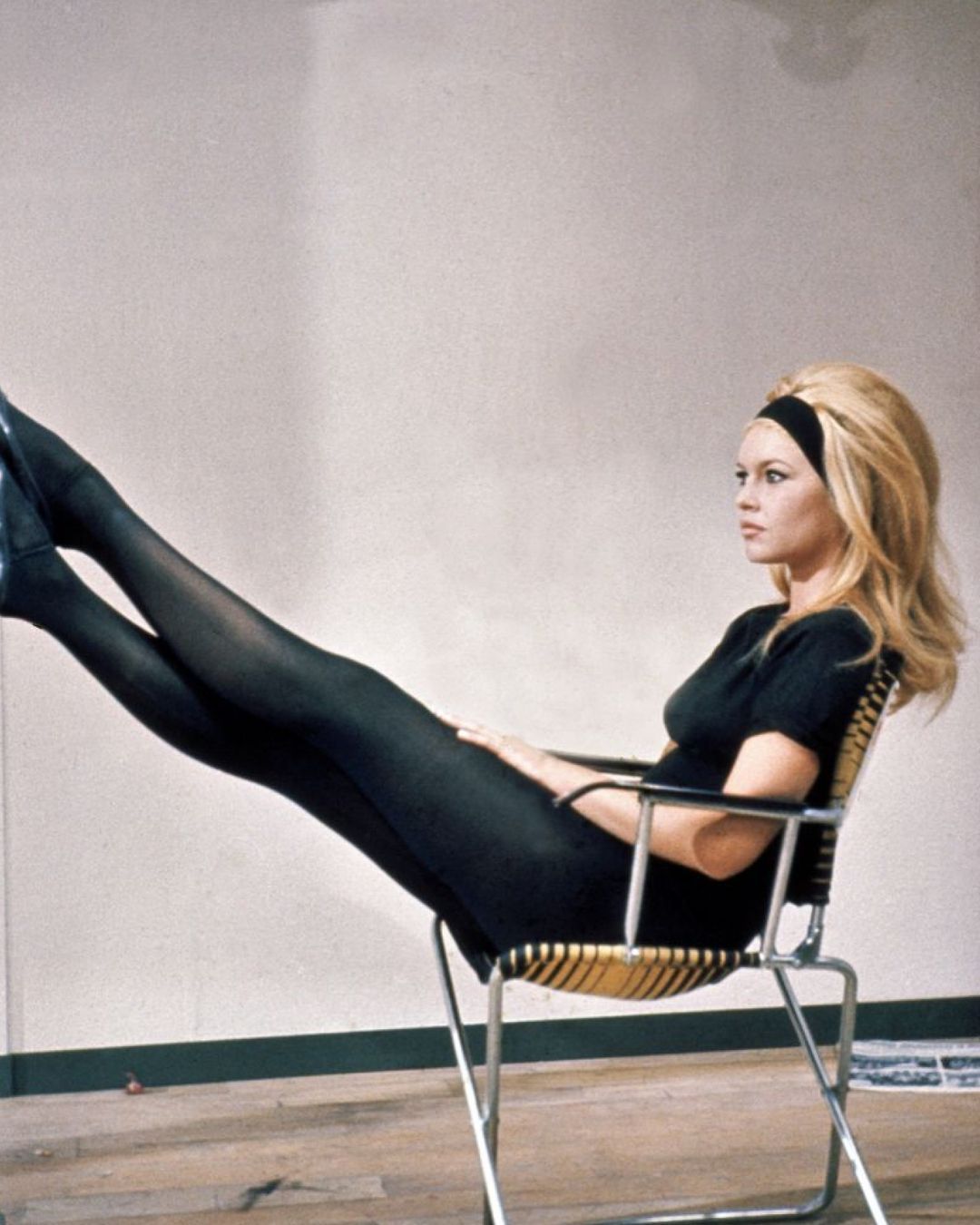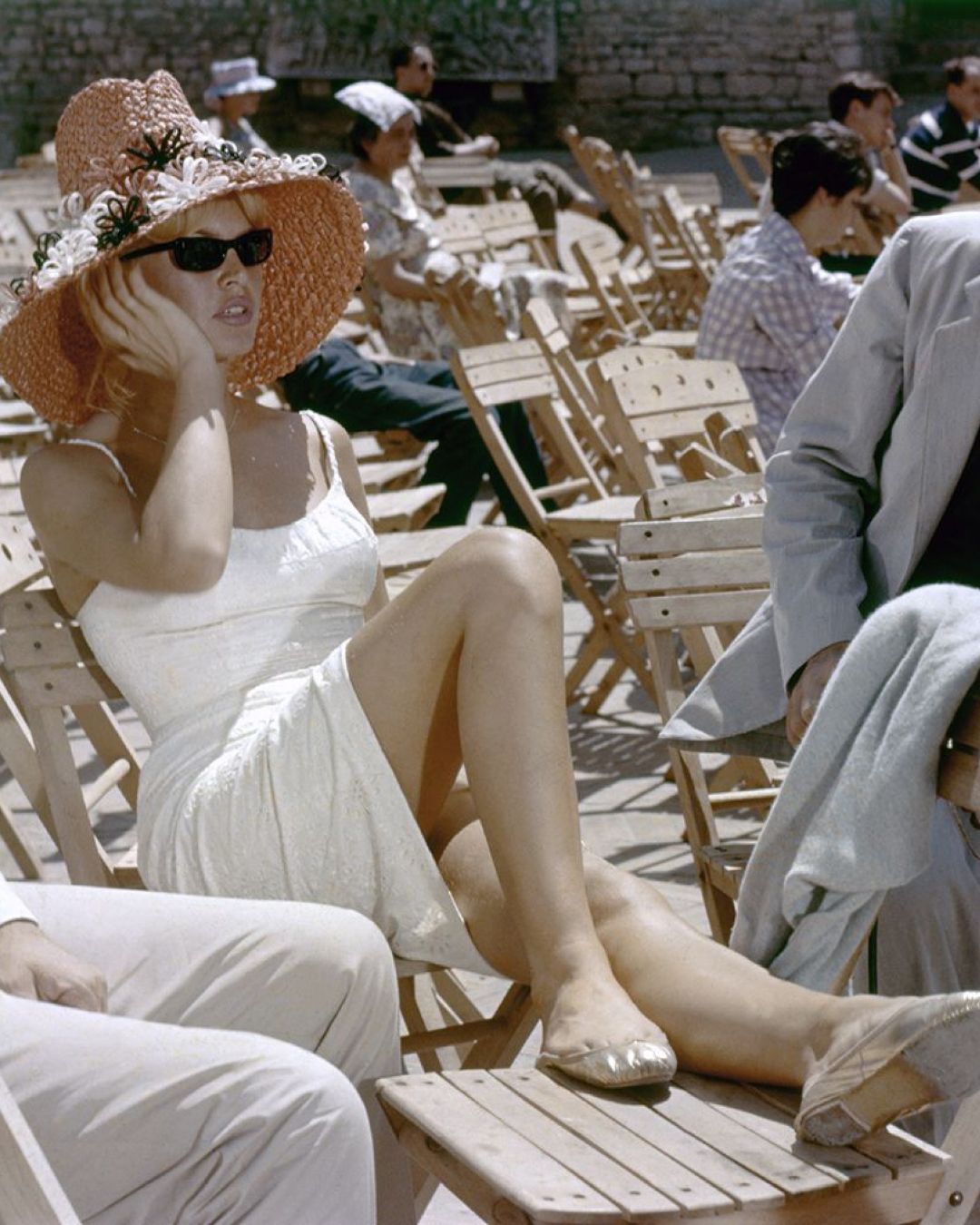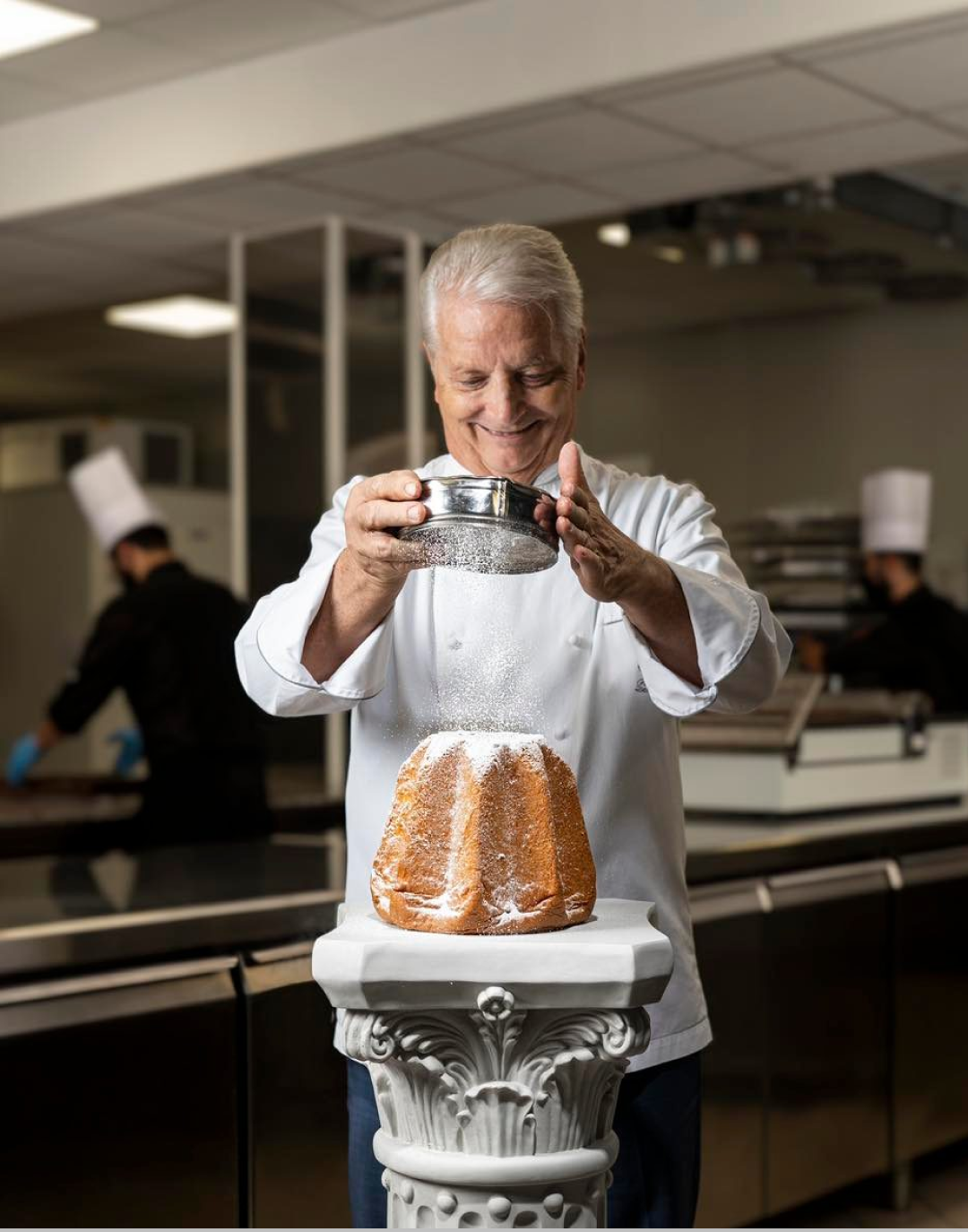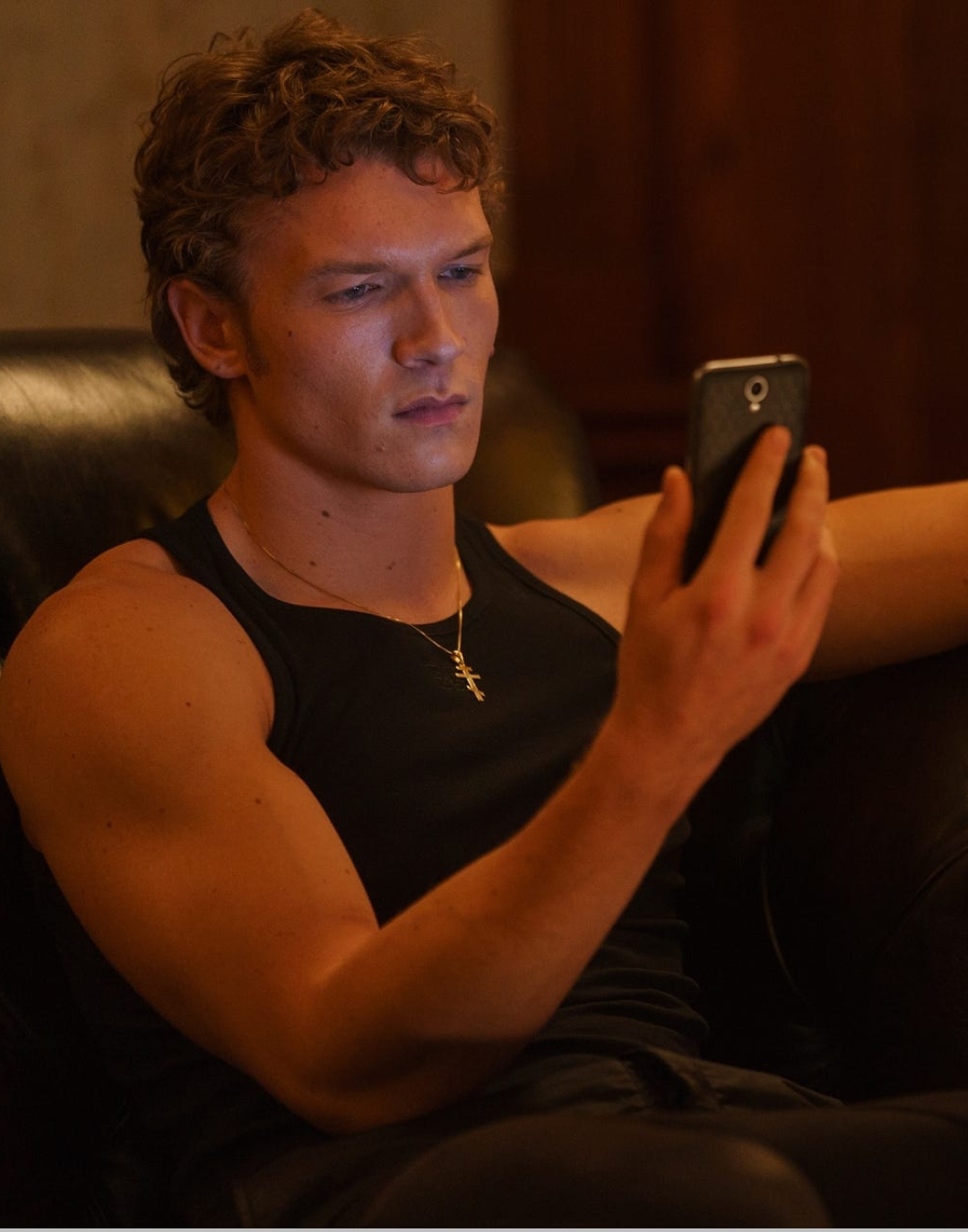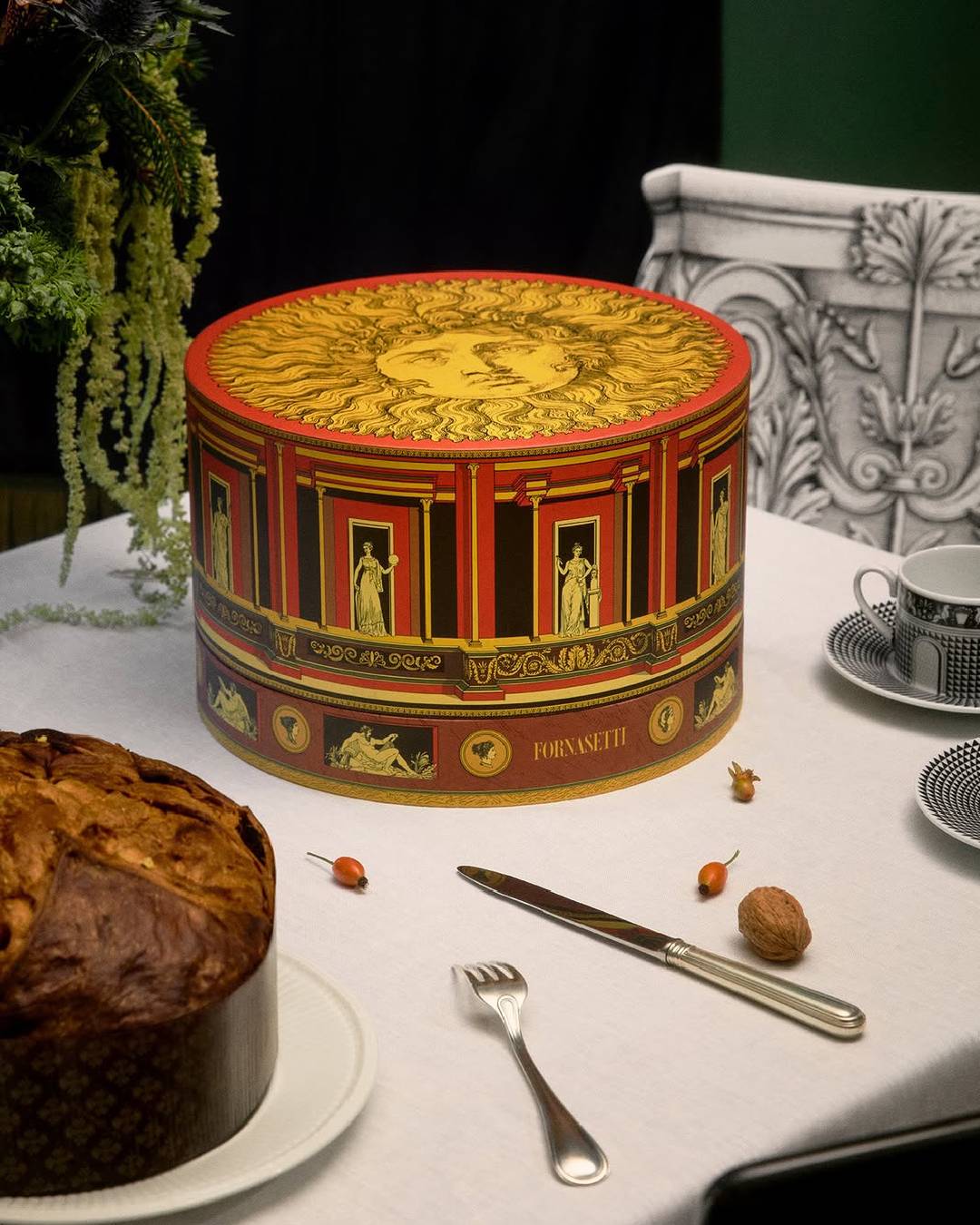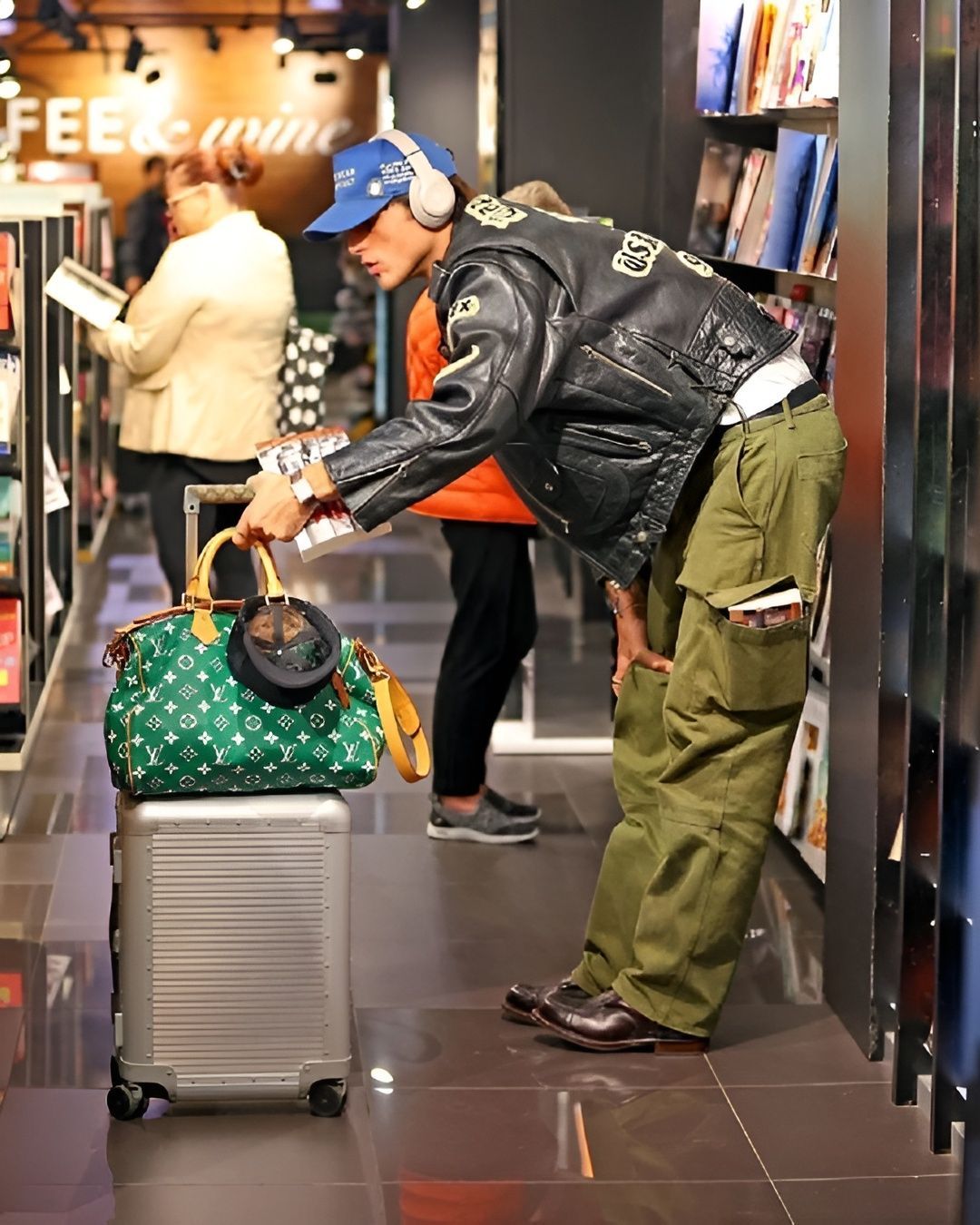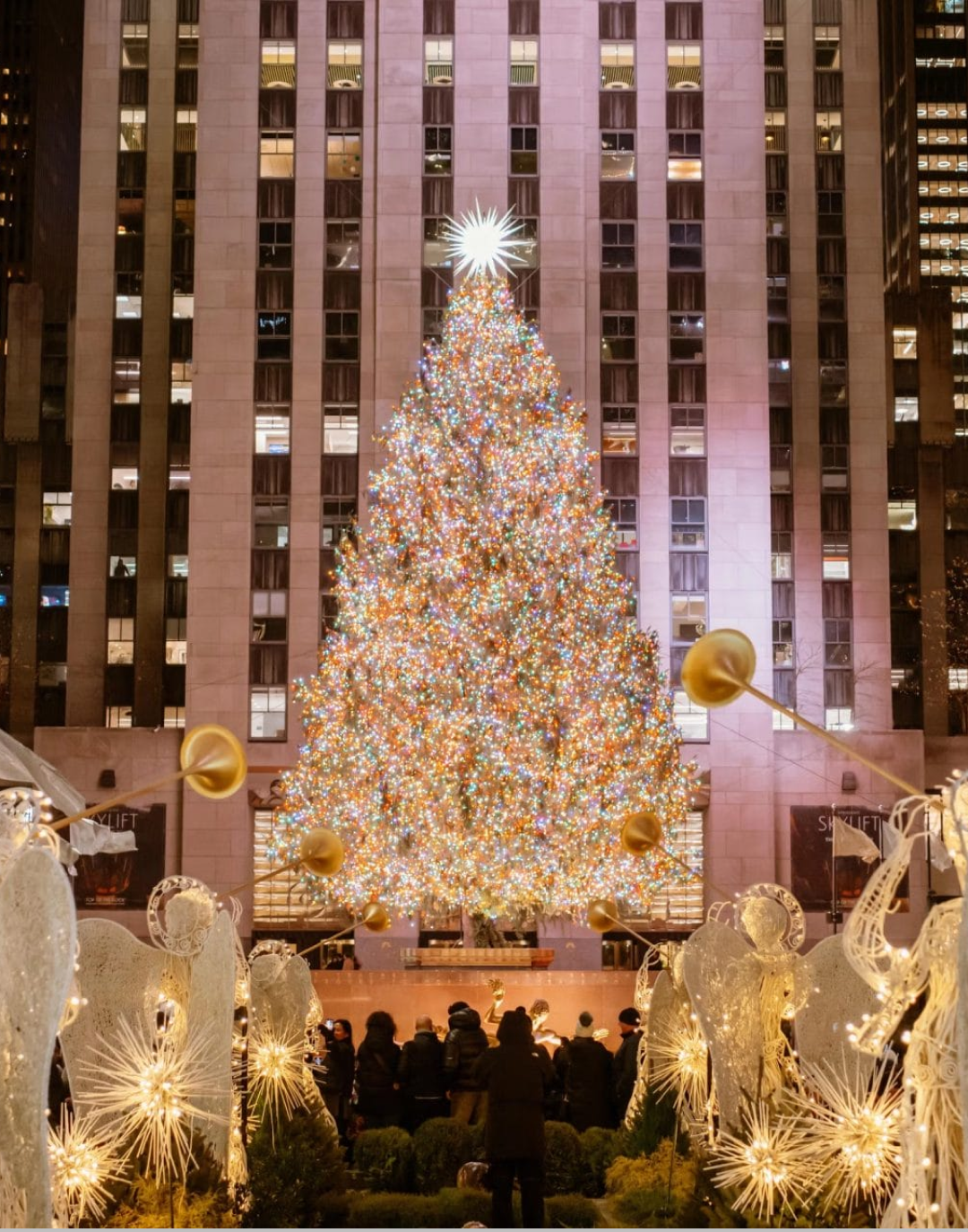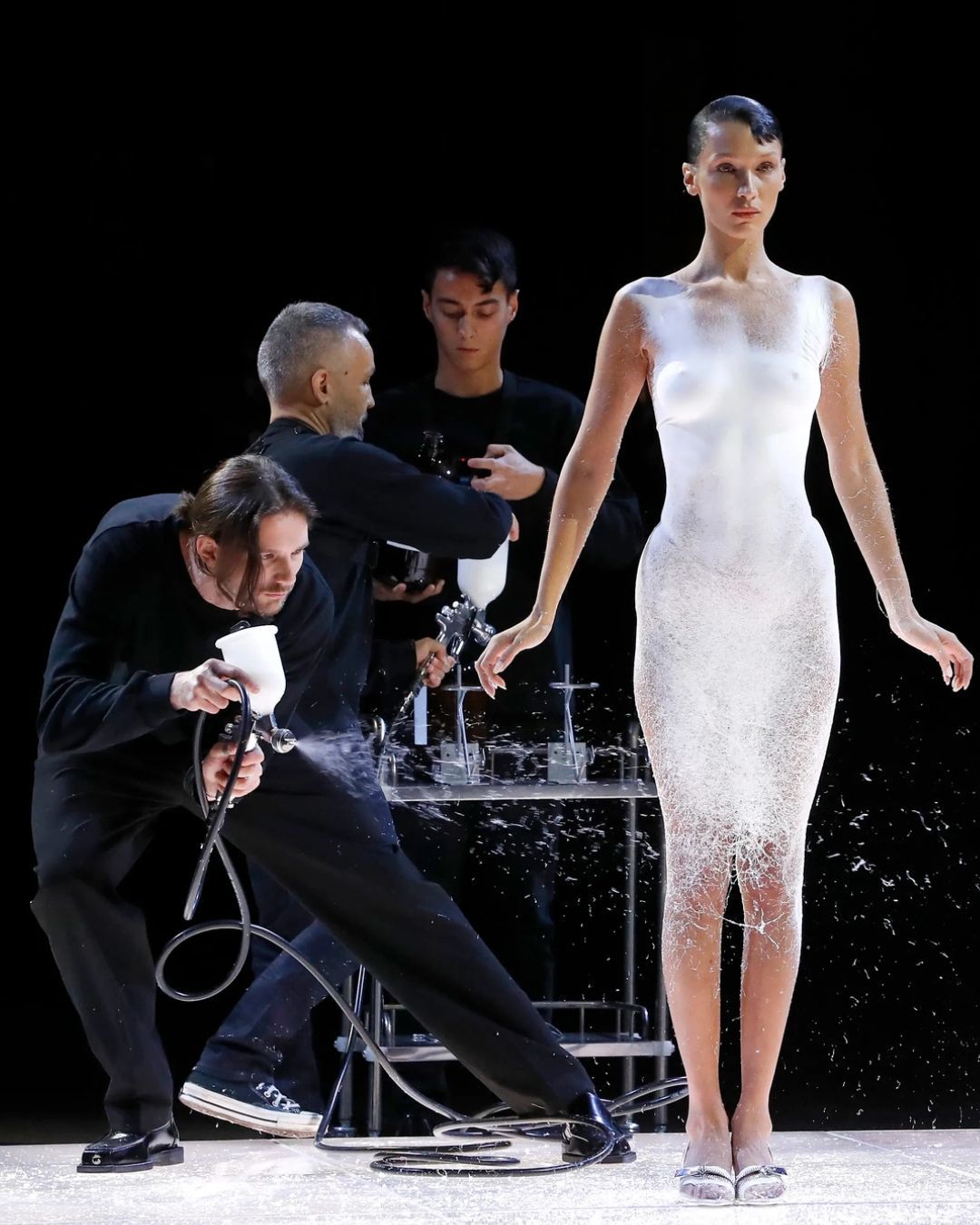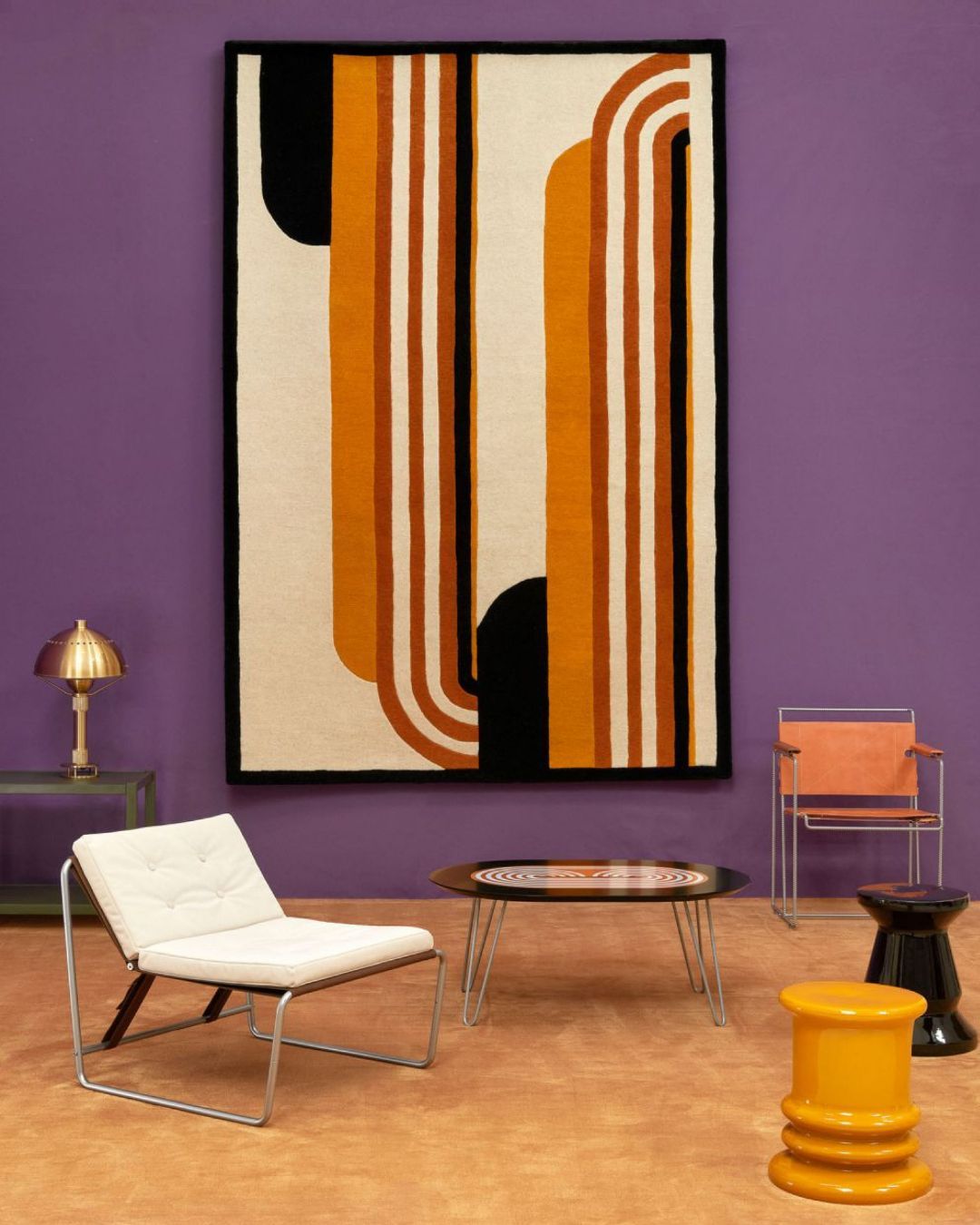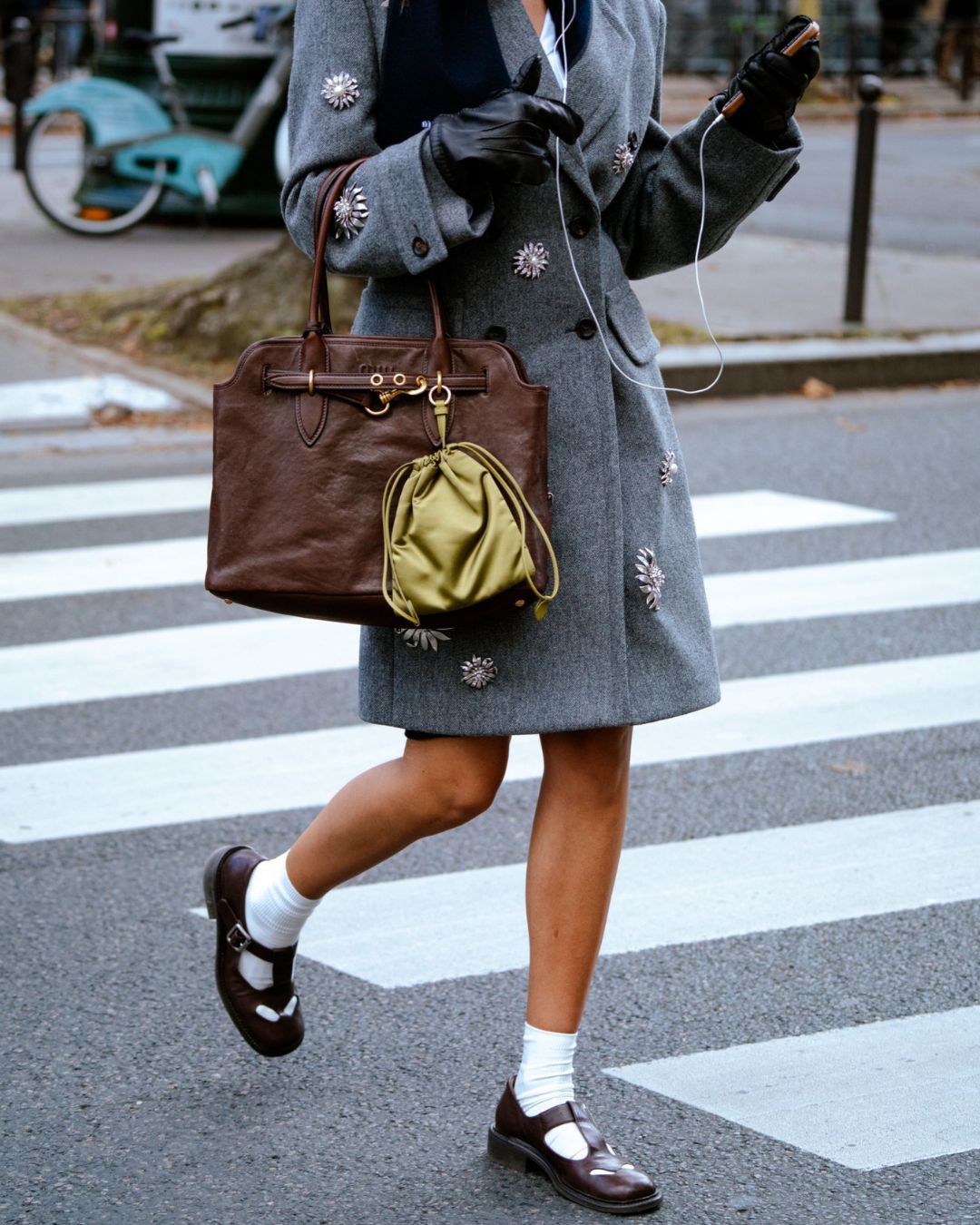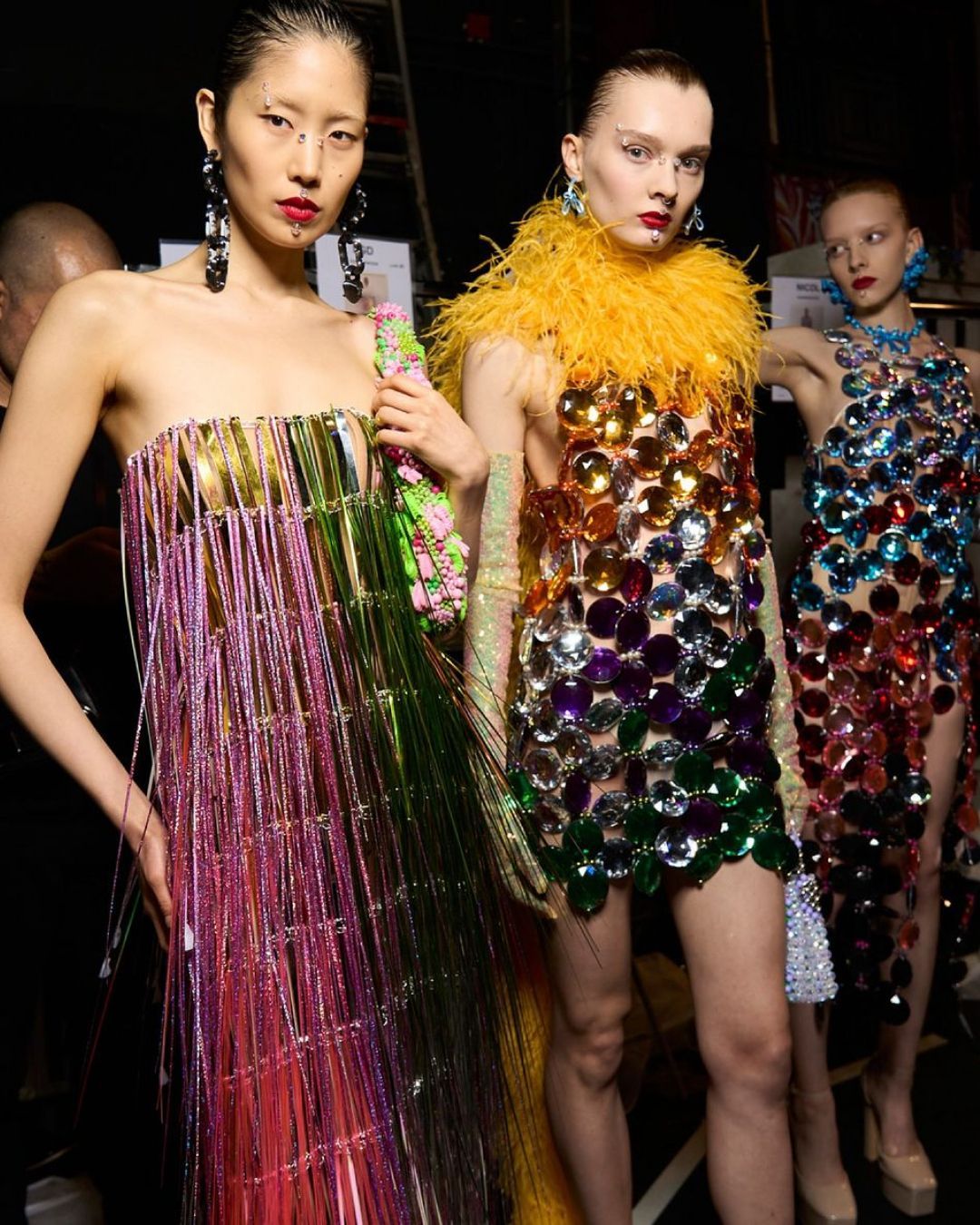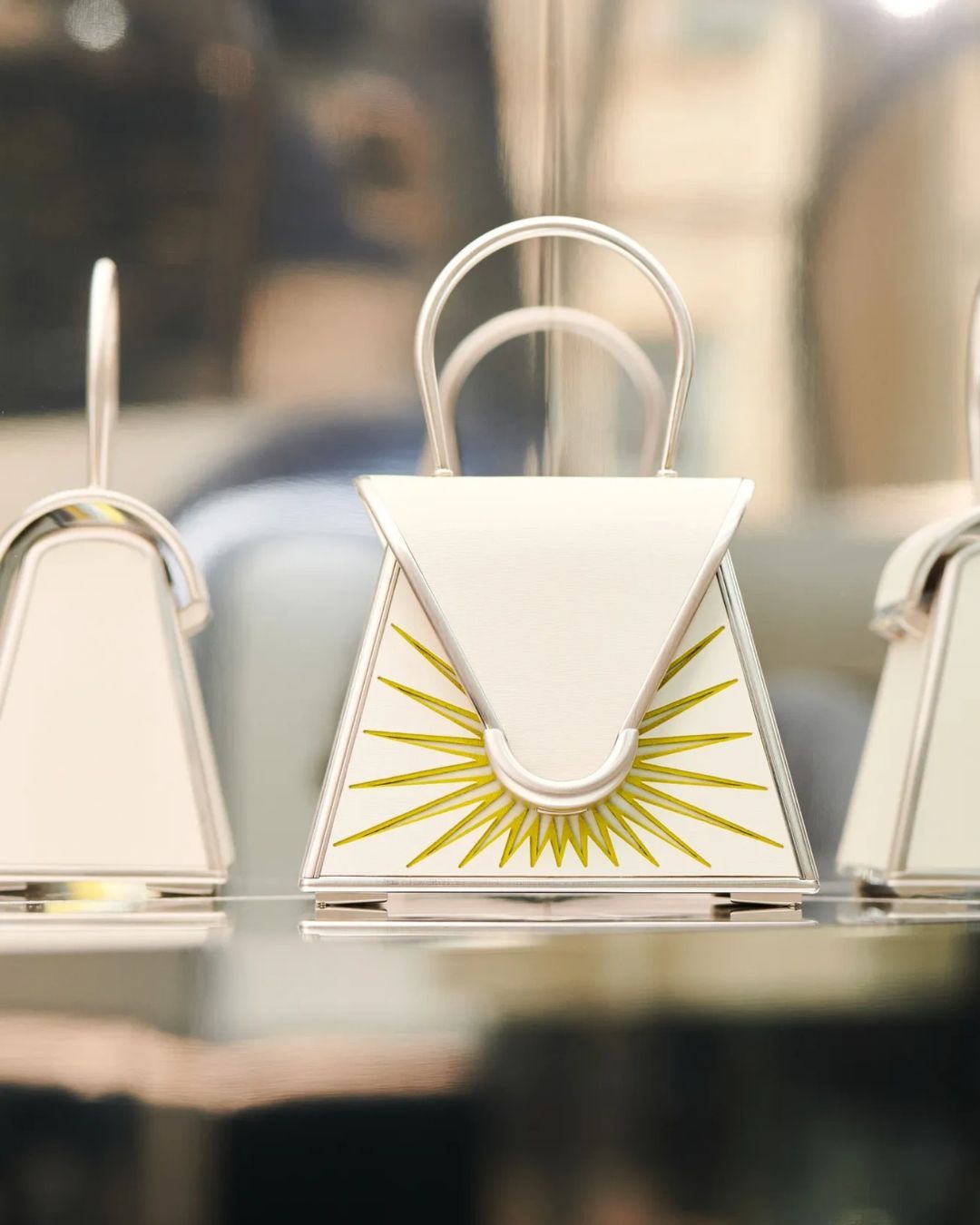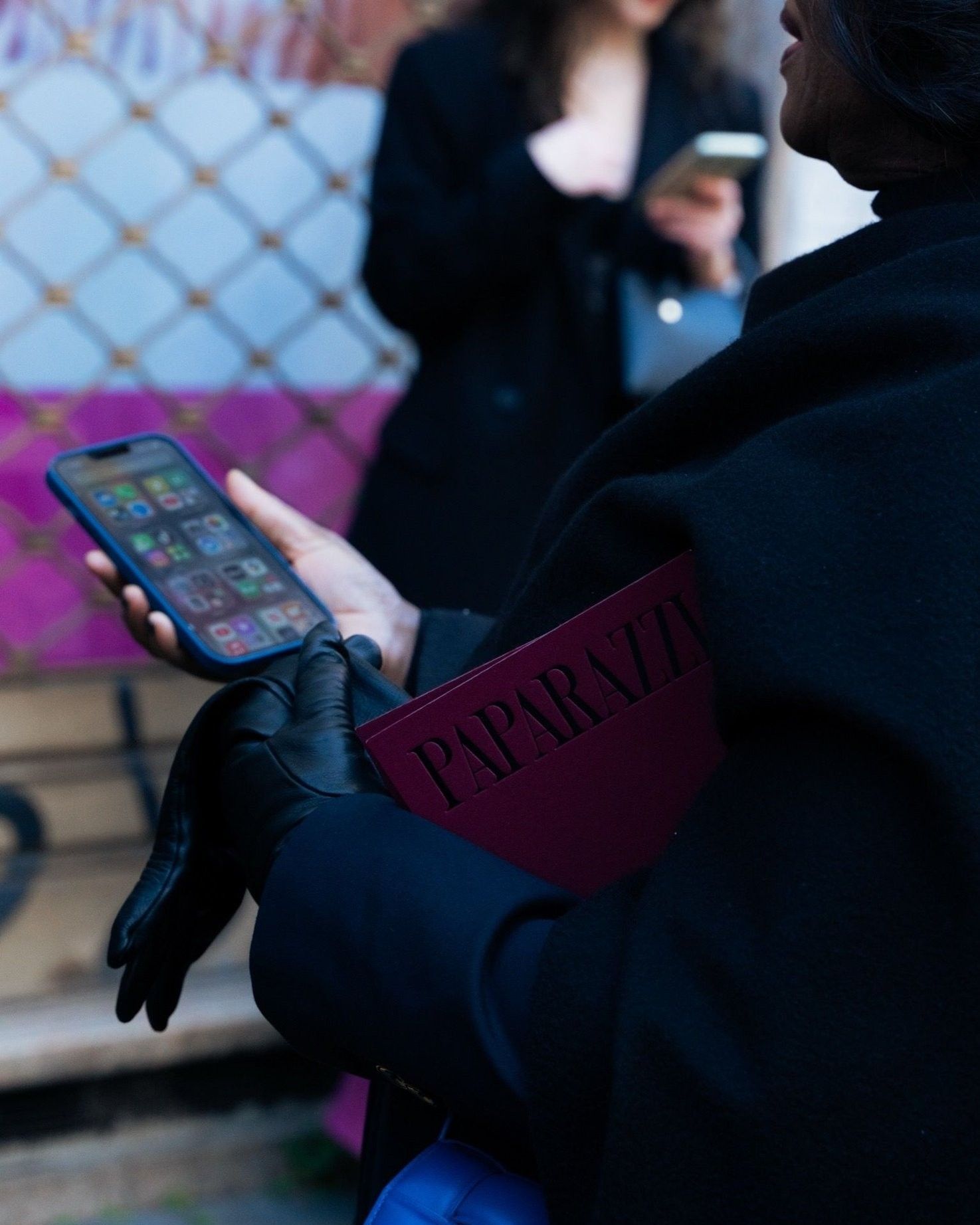
What does "innovation" mean in today's fashion? As usual, a lot of different things
It is often said, in these times of crisis, that fashion is stagnant. Yet in recent days, two major players in the industry have shown signs of wanting to do things differently: on one hand, Chanel, which has invested in a recycling platform, and on the other, Gucci, which is reportedly exploring the see-now-buy-now format for its next show, a show that may determine the brand’s very future. But what is innovation in fashion today? Is it part of the game or just another siren call of marketing? «Innovation in fashion is marginal», Ginevra Gozzoli, Head of Business Development at Bernardelli Stores, told us, «there is a total sense of boredom. Today, if you walk around stores, you notice an enormous price imbalance and a complete lack of stimulation». Chiara Torino, founder of the start-up Nextcouture, which focuses on personalized luxury fashion, expressed a similar view: «Fashion stopped thirty years ago, not just a few years ago when prices started rising. In terms of innovation, fashion stalled when the great couturiers disappeared». In an era where, as Torino says, «the creative director is losing their central role», a situation has emerged in which «fashion began replicating this mechanism of replacement, the succession of one creative over another, without ever managing to recreate the original, trying instead to uphold brand heritage by copying their style». According to Marco Fiandesio, CEO of Nextcouture and former Worldwide Strategic Sourcing & Group Procurement Director at the Kering Group, «fashion is stagnating because there is no novelty», and to bring brands back into dialogue with the market, «we need to offer the customer something different, because it’s not that customers have stopped buying and are walking around naked; they just no longer know what to buy to find something truly different. This “different” isn’t exclusivity that becomes prohibitively expensive, but something individual, which must also be accessible to normal people, not just billionaires». The main problem remains the same, and we are addressing it with inadequate tools.
The major groups dominating the market «still think innovation means expanding e-commerce and opening stores. It's a twenty-year-old model that always stays the same, but if something isn’t working and we’re in a slow decline, we need to understand why. The customer wants something unique: no one wants to spend a lot and end up with something that someone else at the next table in a restaurant also has». According to Fiandesio, at the root of the problem is the continuous attempt to «recover declining sales figures with unchanged tactics, that is, without changing anything. The model remains the same: creative director, physical distribution, price increases, maybe an extra capsule collection during the year or a more flamboyant designer rotated every six months». The major groups, he continues, «are trying to find a new balance between all these elements, but for the same final result. They haven’t yet realized that model is over, it’s dead, and it’s never coming back. It’s not enough to save a bit on packaging or raise prices to change the outcome. That product at that price is no longer being bought in that way». Perhaps the times really have changed, but to truly understand how innovation is structured within the major luxury conglomerates, we also spoke with Katia de Lasteyrie, a Parisian expert in high jewelry and innovation in the hard luxury sector, with nearly 20 years of experience in leading brands such as Christie’s, Chanel, Louis Vuitton, and LVMH. She was the one who introduced lab-grown diamonds at LVMH. For de Lasteyrie, things are more complicated: «When talking about a major group or company like the ones we have in mind, they don’t have just one product category. Innovation would actually be different for each of them. I think it’s important to keep that in mind, because what you would expect in fashion is not the same as in leather goods. And it’s definitely not the same as in high-end watches and jewelry, which is my sector».
@financebyamanda LVMH Dreamscape, Paris Where innovation speaks luxury and fashion meets the future. @VivaTech @LVMH #FinanceByAmanda #VivaTech2025 #SmartGirlsInvest #BeautyMeetsTech #StartupStyle #WomenInFinance Kratos (A Little Closer) - Alex LeMirage
According to de Lasteyrie, «innovation can be seen in different ways. You can see it at the product level, at the customer experience level, or at the level of internal processes. It really depends on what we’re trying to achieve. First of all, we need to clearly understand which parameter or vector we’re considering: are we talking about something that directly affects the customer or an improvement, for example, in production processes?» Currently, de Lasteyrie is working on her own project, which is about to be revealed – but in her new work, as in her previous roles, bringing innovation into a large, layered company is not an immediate process, quite the contrary. «I firmly believe there’s always room for innovation, but it must be done the right way and make sense for the end customer. It’s important to ask why a certain innovation is being made and what we want to achieve with it», she explains. For LVMH, she continues, innovation is a core value, but it takes on different meanings depending on the product category because, for a brand with its own identity, «not all innovations make sense; you have to assess whether they reflect the brand’s culture and values and whether they resonate with the end customer. In fashion, innovation is about the type of product, the quality of materials, and how these are sourced. From a business perspective, people often focus solely on customer experience, but innovation also involves processes and backstage improvements». As a general principle, however, de Lasteyrie believes that «innovation is actually a bottom-up process. It means starting from observing a broad range of cultural, generational, and geographical signals, often from outside the industry itself, and not simply from what’s happening in the luxury sector. It’s about reading those signals, connecting the dots, formulating hypotheses, and testing them in the field. Innovation is not a top-down mandate, but something that grows organically and develops over time».
Circular economy startups are shaking things up! They're not just about recycling, but creating a whole new system where nothing goes to waste. From upcycled fashion to zero-waste products, innovation is leading the way. Let’s support these eco-friendly changemakers!
— Erik Scale (@ErikScale80246) June 5, 2025
And even though «true innovation is driven by curiosity and the ability to explore», de Lasteyrie specifies that «there’s a difference between exploration and concept generation and translating them into concrete, tangible results that are meaningful to the end customer. So it’s not that it’s not happening, but the processes and value chains are such that it takes time before translating into real added value for the customer». Much of the weight that innovation carries for large groups essentially concerns what the expert defines as «the value chain», a foundational concept of business management introduced in 1985 by businessman and Harvard professor Michael Porter in his book Competitive Advantage. «Innovation is not limited to a single step, but runs through the entire value chain, from materials to the final product. For the customer, the most noticeable innovation is probably the one related to the shopping experience». When talking about innovation in a group like LVMH, «the goal is not to innovate for next year. Usually, the question is what would make sense and why, looking at a ten- or twenty-year horizon». In short, what has quietly existed so far is the so-called «incremental innovation», which happens when «you have something that already exists and improve a variable within the product or in some part of the value chain», whereas what the expert calls «disruptive innovation» is «rather rare» and happens instead when «you create something completely new from scratch – it’s very rare because it means challenging current assumptions about a given product». Needless to say, but de Lasteyrie prefers disruptive innovation.
Even in the more balanced vision offered by de Lasteyrie, we arrive at what she calls «a crossroads», meaning: «a moment when we question the true purpose of this industry: why it exists, what it creates, and what kind of emotional value it brings. In my upcoming project, I’m addressing what I consider to be one of the most fundamental, perhaps paradoxical, questions: what is the true purpose of luxury?» A question made all the more difficult by the fact that this new project will take place in the field of jewelry – but it is in fact a question that could apply to the entire industry. «Historically, luxury has always served to protect craftsmanship and preserve how culture is passed from one generation to another», explains de Lasteyrie. «But today, I feel that the current generation is looking for a deeper meaning in luxury, something that goes beyond tradition. I’m wondering how this meaning can be translated into something useful, whether luxury can have a specific purpose, and what that purpose might be. That’s why I’m working at the intersection of luxury and technology: luxury is rich in creativity and speaks directly to emotion, while technology is more utilitarian and functional, less emotional. What I want to understand is what would happen if these two worlds came together — if it were possible to build a bridge between the emotional resonance of luxury and the utility of technology».
Exploring the future of fashion technology is crucial for innovation. Let's stay ahead in this dynamic industry.
— Ali Faruq (@alhagm2012) February 11, 2025
Ginevra Gozzoli told us that «it feels like true innovation has stalled. When it does exist, it’s often self-serving and doesn’t lead to a wearable product». Perhaps there is a glimmer of hope in indie brands highly focused on material development, like the Scandinavian brand Houdini or the Italo-Chinese brand Raxxy, founded five years ago by William Shen. For Gozzoli, «innovation also starts with vision. We need to go back to asking what kind of luxury we want. We must continue to evolve, without becoming boring. But today many brands simply copy and paste; luxury has become fast fashion with high prices. The problem is that there’s too much finance and too little creativity: it’s all about quantity, not quality, and people can feel it. It’s no coincidence that sectors like tech-wear, sportswear, golf, and tennis are being reevaluated». All sectors in which innovation is not only evident but «there is attention to material, function, and style. For the public, innovation is not ideological. They seek practical innovation, something useful, usable, with multiple functions. The ideal product is one you can wear every day, in different contexts. That’s why sportswear is winning today: it’s versatile».
It was precisely the search for an alternative model to the dominant one that pushed Chiara Torino to found Nextcouture: «Luxury fashion, in particular, is born from the idea that the exclusive product is not necessarily the one with an inaccessible price, but rather a product that cannot be replicated, and therefore unique. From here comes the attempt to understand how to offer something truly unique», she explained. «The only alternative that seemed feasible to us was to allow customization: offering the end customer the possibility to choose every element of the garment, to create not only their own style but also their own image, their own look. At the time, the market did not offer a truly scalable solution in this sense. From here comes the search for technology, that is, a tool that could make this concept of a unique product scalable and therefore more democratic and accessible». In short, «the basic idea is that the creative director, the histrionic personality, is no longer at the center of the maisons as the sole holder of style. Today it is not only the end customer who composes their garment, but there is also space for a more widespread creativity, involving multiple designers».
@thealgorythm This new sustainable brand is creating a blueprint for the future of fashion! Let's talk about how @Coachtopia is tapping into 3 trends to make a difference . The bags were all gorgeous, it was so hard to choose! Which one would you have brought home? #coachtopia #ad original sound - The algorythm
The platform aims to intervene in two critical points of the market: that of emerging creatives and schools, and that of the supply chain. And precisely in the case of the latter, the start-up’s idea aims to solve the problems that currently plague the sector which, as Marco Fiandesio explains, were born «when stocks started to overflow warehouses» and due to the impossibility of destroying merchandise or reducing brand outputs, it was chosen to produce, which according to Fiandesio was «a very counterproductive decision, because if you produce less, you sell less and it costs more to produce. From there the collapse of practically all brands». For the CEO, in fact, «the supply chain is divided into two parts: those who hope that mass productions of thousands of pieces per color and size will return, and those who understand that even large brands are increasing drops in stores, so end-of-year productions can be the same or even higher, but fragmentation is increasing». According to him, «a business model where there are constant unique pieces throughout the year is something new. Many are understanding that this is the part of the future. The truth is that the structure of the Italian supply chain is the best in the world». Ideally, in the words of Chiara Torino, it would be necessary to bypass the jammed mechanism of luxury and achieve «a coherence closer to the substance and quality of the product, that is what the fabric and the tailoring really represent». Certainly, a common thread in all the interviews conducted concerns the meeting of luxury manufacturing with new technologies – perhaps the most important front of innovation in fashion today. On this point too, according to Fiandesio, the big groups «have rested on their laurels» since the technologies currently used by many brands to manage stock or predict future consumption: «They are equipping themselves with artificial intelligence to see what is best to produce – but artificial intelligence makes its calculations based on past data, maybe from the previous year. It is not a market analysis».
But technological innovation is also fundamental for Katia de Lasteyrie who, speaking about how future trends can be anticipated, said: «I always wonder how a technological trend or a broader economic event can translate into a particular part of the business and consumer behavior. I mentioned technology, economy, and geopolitics, but the same goes for behavior, because the daily use of technology has a direct impact on how we behave». Ultimately, according to the expert, innovation concerns more the big picture than the many individual elements, and the big picture returns a very human image, or at least it should. When we asked her how she solves or has solved, in her work, the relationship between human and technological, she left us with this reflection: «I think the question expands to a broader inquiry: what is our relationship with technology, collectively as a species, culture, and society? On one hand, there are techno-optimists who argue that technology will solve every problem, on the other, techno-pessimists who believe that our relationship with technology has degraded the quality of daily interactions. Every day I ask myself whether my work is more about enabling creativity or optimizing internal processes. It is probably a more philosophical approach to how we do things. I believe productivity is what machines will help us improve, but what really interests me is human genius, human potential. I believe each of us is born with enormous potential, beyond productivity. I am much more a supporter of human creativity, and everything I try to do, even if perhaps not directly, aims at this. Optimization can be a side effect, but it is not my main goal.»


